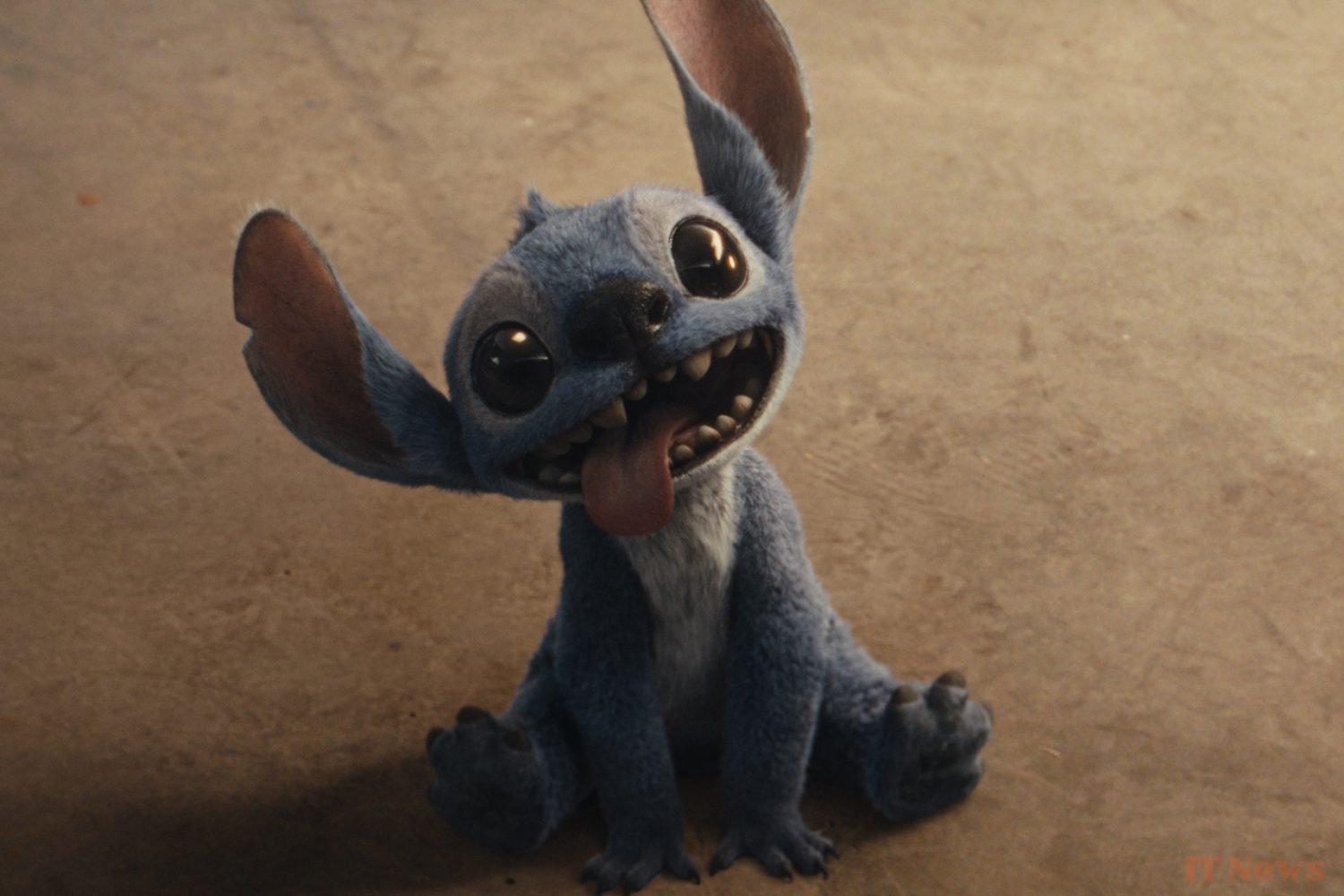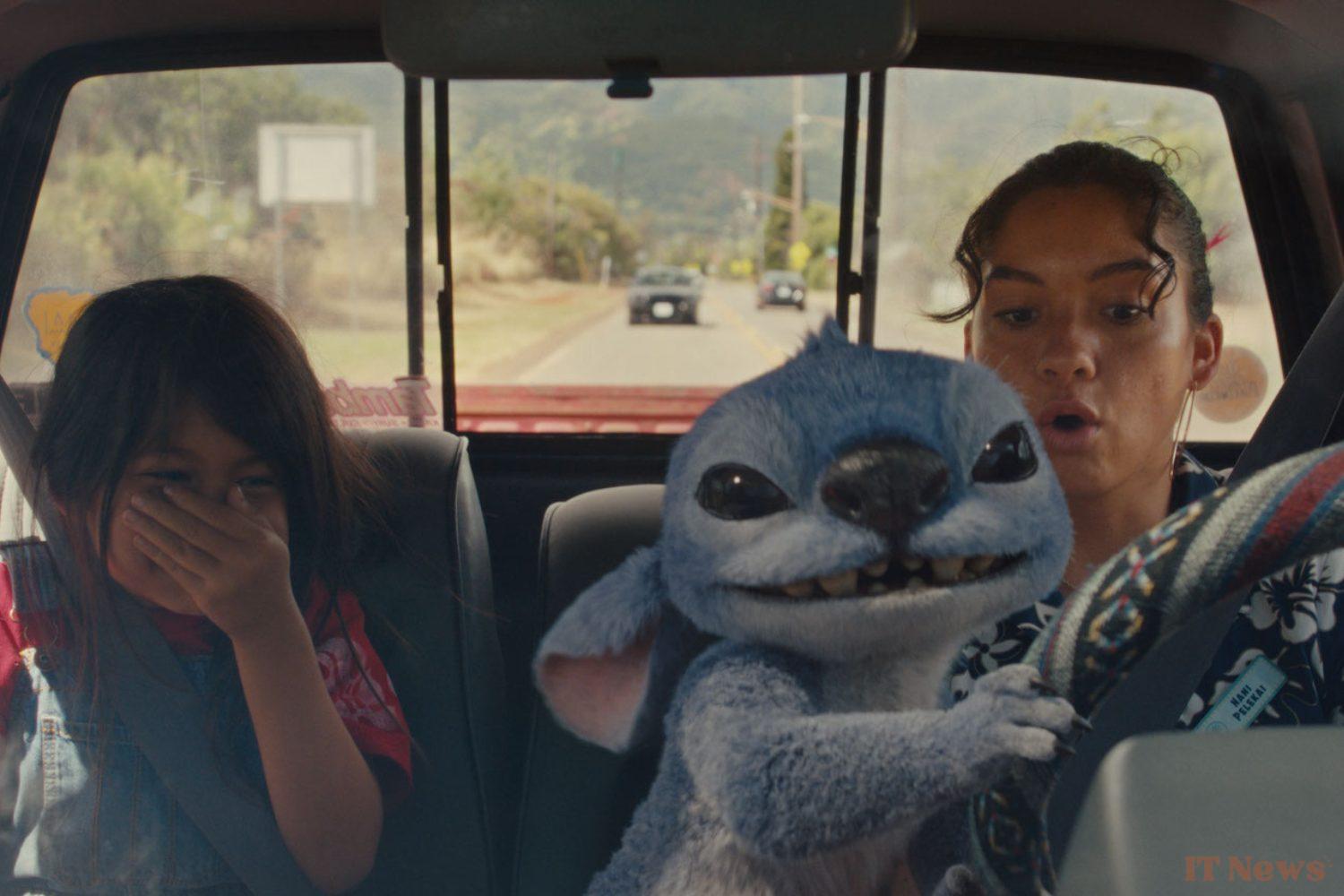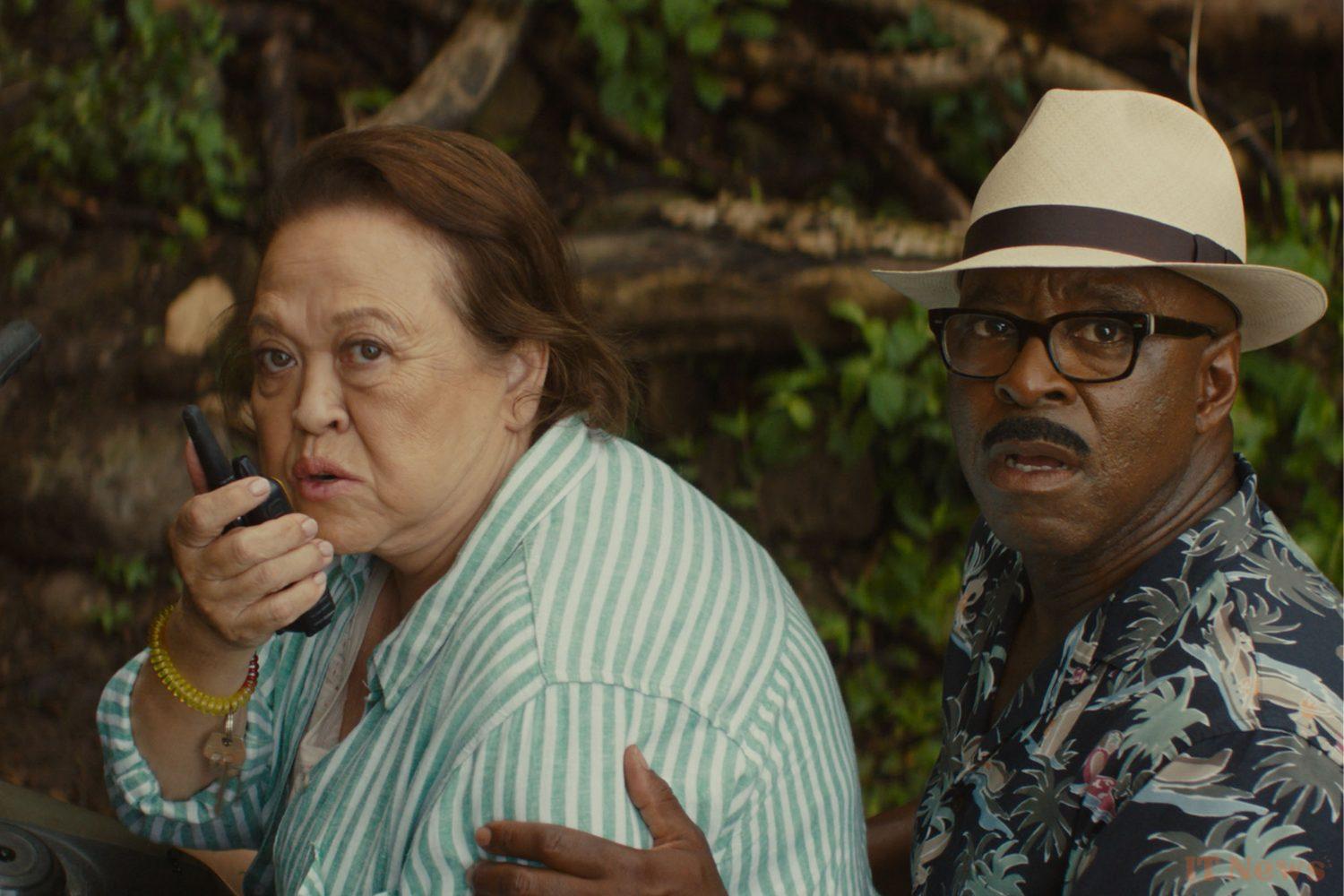The music. Hawaiian folklore and culture. Lilo's carefree innocence. Stitch's repeated mischief and endearing side. In 2005, Lilo and Stitch arrived in theaters, offering a welcome breath of fresh air to Disney studio productions and marking – as often – an entire generation and more, even, as the years went by, totally won over by this story as funny as it is touching, of a blended family, certainly, but completely crazy.
A sequel and series, success was there for Lilo and Stitch, which were therefore exploited in abundance by Disney, at the same time prolonging the pleasure initially provided at the cinema. Twenty years later, the duo is making its big comeback to the cinema, in a form now quite customary for the company with the big ears, namely that of the live action remake, that is to say in real shots, with real actors and, most often, a story and treatment identical to the time of its first release. The idea? Reaching the new generation, who probably partly missed the 2005 animated film, while immersing others in their memories, with a visually unique experience… without forgetting the firm intention of relaunching the goodies factory.
We take almost the same and we start again, with two (big) details
If not all live action Disney works are equal, their box office proves it quite well, as does their reception by the public – the opportunity for us soon, who knows, to give you a ranking of the best and worst films in this exercise? – Lilo and Stitch has the merit of standing out from the rest of the competition for several reasons. And good reasons. If the story told in 2005 was moving, touching and full of humor, its copy in 2025 pushes the limits, especially that of emotion, even further. Nothing more logical than this when, this time, almost the majority of animated characters are played by real people.
This is the case of the young Maia Kealoha, the interpreter of Lilo, who takes on the character's features, facial expressions and lines with a lot of personality, giving them another depth. We're not going to hide it from you, she's our favorite and if Lilo was already well done in animation, we can only salute the acting work done with this little girl, whose interactions with Stitch are much more successful than those of a man named Jack Black with the virtual environment and the green screen massively used for and during Minecraft. For example.
If Lilo is successful, the real question would turn to Stitch, whose rendering would inevitably be scrutinized and expected, with the minimum union to be fulfilled, the obligation to be at least as cute as its animated counterpart. Once again, it's done and Stitch is 100% faithful to what it was in 2005. The living plush effect that live action and CGI give it is particularly convincing, to the point of thinking that Disney will not have too much trouble relaunching sales of derivative products in the days to come.
But if some characters are faithful to their source material, some have undergone rather welcome changes. A secondary character by force of circumstances, Nani, Lilo's big sister, gets a promotion in this film. She is entitled to a real background, a real identity and real stakes other than that of being "just" Lilo's eldest child and her legal guardian. Nani is still struggling to make ends meet, to understand and manage her sister, but this time, she has dreams too, and ultimately, the film gives her a cover that we wouldn't necessarily have asked for in the past, but which turns out to be much more logical twenty years later.
More coherent characters, a little extra bonus
The same goes for the role of Cobra Bubbles, this body-built Will Smith lookalike in Men in Black, who was supposed to play a social worker in 2005, while also being a former government official who investigated aliens. The twist at the end concerning him surprised no one, and this time, Disney didn't want to bother with false pretenses for his character: Cobra Bubbles (Courtney B. Vance) is a CIA agent, period, just as the role of the social worker deserved a full-fledged interpretation, and it's Tia Carrere – remember, the series Sidney Fox, the adventuress – who takes on the role, bringing a touch of femininity and logic, in itself, to the plot, by portraying the role of Mrs. Kekoa. A fitting return for the actress, since, in the initial project, it was she who lent her voice to… Nani.
The contribution of all these changes? The light or deep feeling, depending on your point of view, of almost seeing the same thing again or at least of appreciating it differently. Here again, to differentiate itself a little from the basic product, the writers saw fit to add a new character: Tutu, a neighbor for Lilo and Nani. We won't spoil anything for you, but in our eyes, she's the best protagonist of this live action, not only for the doses of humor and incongruity she brings, but also for the way her presence fits perfectly into the story.
After all, in 2005, it wouldn't have shocked anyone to see a young teenager chaining jobs to get by and raise her little sister, without, this time, any outside help from her village. The reverse can only be more coherent and, here again, we drew on the voice casting of the time, since Tutu is played by Amy Hill, the actress who dubbed Mrs. Hasagawa, the fruit seller, in the animated film.
Here, this neighbor has the role of support, of advisor, even of surrogate aunt and it works, ultimately, perhaps better that way. For the rest, we find the other characters introduced in 2005, like Dr. Jumba, magnificently well played by Zach Galifianakis (who else but him in the end), Agent Pikly (Billy Magnussen), the president of the grand council, the inhabitants of Hawaii or even Jason Scott Lee (who plays Nani's boss), ultimately acting more as a cameo than anything else in this film, but obviously present at the party, he who lent his voice at the time to the character of David, Nani's friend.
In the end, there is not much to say or criticize about this live action (apart from the absence of General Gantu, an important character in the animated film) which fulfills its role and partly dusts off, with real sets, real actors and an emotion just as powerful (if not more) than the work offered in theaters twenty years ago. Ohana means family, and family means no one should be left behind or forgotten. This is also true of Lilo & Stitch's return to theaters. Now you know what to do with your free time.





0 Comments